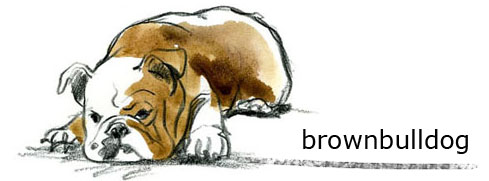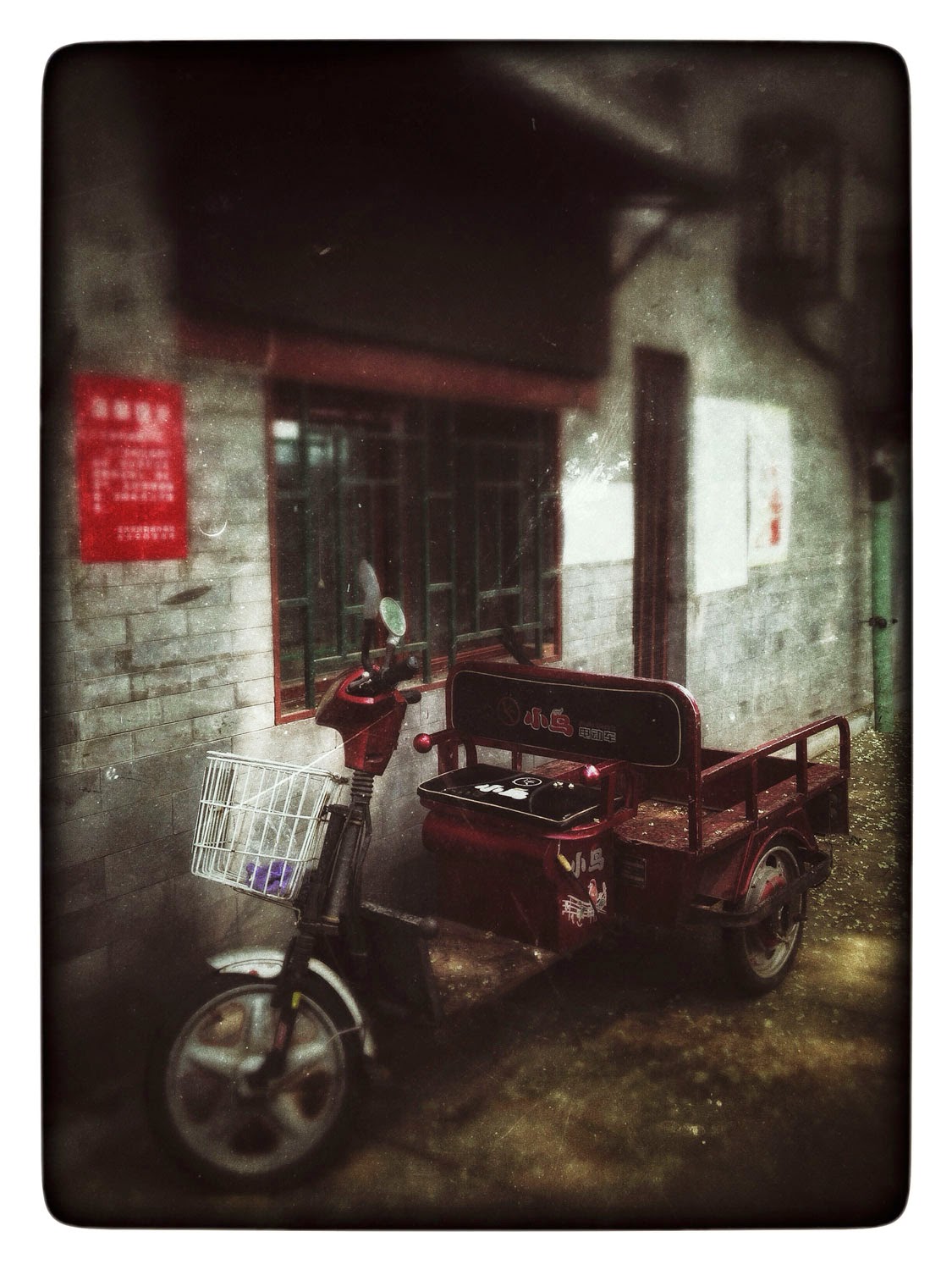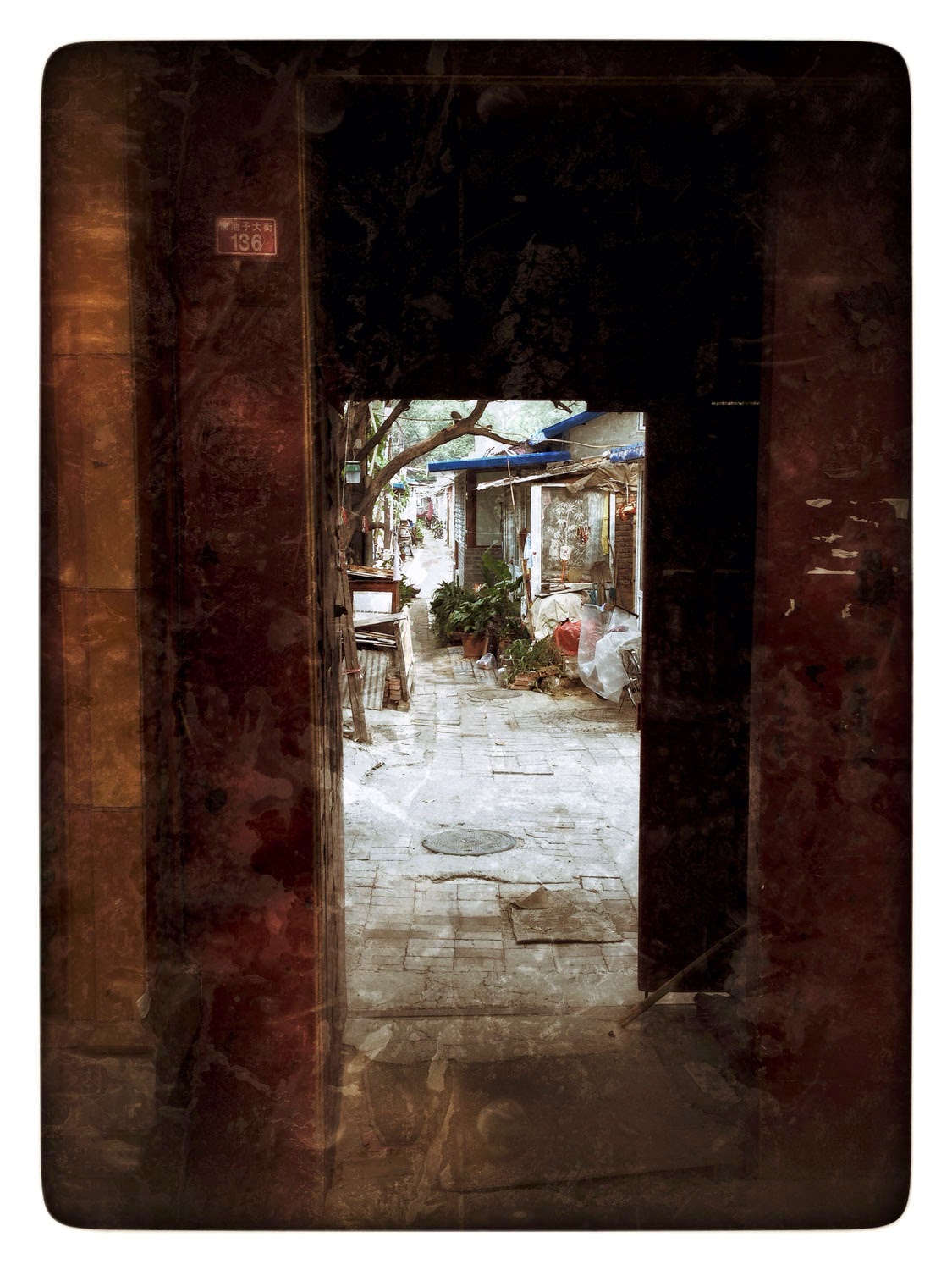The kaleidoscope that is Beijing is intense. Everything in Beijing is built on an immense scale. In a very short amount of time Beijing has moved from a modest walled city to one encompassing a huge amount of space and an ever increasing roadway system. One driver in his early forties remembers a Beijing before cars and when the whole city was within the city walls-what is now the second ring road. People either walked or rode their bikes. Cars dominate the transport. There is a modern metro and some push bikes and many scooters. You need to be brave and constantly aware of traffic as it comes from all directions and rarely if ever stops for pedestrians. The easiest way to get around is by taxi-they are numerous-and mostly available. Although at times there is a peak demand that leaves you at the mercy of the relentless rickshaw drivers. Unless you have some Mandarin you do need to have a copy of the address you are going to. English is spoken rarely by the cab drivers. Taxis are very reasonable-most fares are between three and six dollars within the city. When I arrived my lovely friend who had dragged herself out of bed to meet me had to contend with a surfeit of taxis and a gnarled chaos of traffic. We actually took the metro to Dongzhimen. It was surprisingly fast and easy. I stayed in a modern and convenient complex, close to Sanlitun that abounds in restaurants, bars and supermarkets catering to the expat community. The Mesh Bar at the Opposite Hotel is a great place to wile away an afternoon or evening in architectural splendour. The apartment complex even had an outdoor pool, something of a luxury in Beijing. You do get attuned to luxurious shopping centres and apartment buildings being cheek by jowl with Hutongs of a variety of eras. Many of the Hutongs are now very popular to live in and are being modernised at an extraordinary speed. Twenty percent of the population of Beijing still live in the Hutong Districts and they make for some fantastic rambling, exploring and shopping. The area around the Bell and Drum Towers is in a particularly rapid improvement cycle and many of the original buildings have been demolished to be rebuilt in a similar style. There does not appear to be the same appeal to hold onto the exterior shell when remodelling buildings. The outskirts of Beijing are ringed by enormous apartment buildings.
On two occasions I hired an english speaking driver for a day. this was an excellent way of getting around to multiple sites. There was no time lost finding transport and Mike and Barry (the drivers' English names) were extremely knowledgable of the places i wanted to go and offered many ideas of their own. July is also hot and humid and having a driver on hand was brilliant. Many days were over 35 degrees and during the time I was in Beijing the pollution was very light, there was even a week of sunny days. Walking on these very hot days is taxing before you take into account the language issues and the crowds and of course the distances involved. Tiananmen Square and the Forbidden City are absolutely huge. Signs are not always available so there is quite some time working out how to traverse roads and indeed to find admission points and tickets. Pollution is a topic on everyones mind in Beijing. All appear to have an app letting you know the level for each day. During the winter the levels hit some rather extraordinary levels-upwards of 900-and the photographs of these days were quite daunting. I cannot imagine the harshness of minus 20 degree days coupled with impenetrable smog.
Over the two weeks in Beijing I managed to visit many of the classic destinations-The Forbidden City, TIananmen Square, The Foreign Legation, The Temple of Heaven, many of the most interesting Hutongs, Hou Hai, Temples such as the Lama, Confucian and Taoist, The Great Wall, The 798 Art District, The Summer Palace, the Olympic area, Ben Hai Park and lakes, the Capital Museum-an amazing building and collection, the Shangrila for drinks and a magnificent view of the city-sans pollution, the Sanlitun District-where i was fortunate enough to stay, the Embassy district and many markets and shopping areas. The great changes in Chinese society are reflected in all these areas and the growing size of the city.
Eating and drinking in Beijing takes some navigation. I was fortunate to have a wonderful guide that included a great group of people to go out with both for lunch and in the evening. I went to bars, restaurants and clubs, heard contemporary and indie music in Hutongs and went to parties in some very stylish modern bars. Restaurants such as Migas, Mosto, Capital M, Duck de Chine, Temple, Lost Heaven, Comptoirs de France bakery, Great Leap Brewing Taproom and Dadong offer a wide variety of both local and international fare. There are over 9000 listings for restaurants in Beijing in Trip Advisor. James Hooch, Atmosphere, Apothecary, Glen and the terrace of Migas are great bars-although there are again numerous temptations for a night out. It is though, extremely difficult to avoid the infamous Beijing Hangover. The quality of the alcohol you imbibe is always ambiguous.
The two weeks seemed both to stretch forever and then in a rush it was done. I could easily have spent more time exploring wider and indeed within the city to find some more of the local cultural destinations and entertainment. The incredible fortune of having a wonderful friend who has lived in Beijing for three years was invaluable, and I could not have had a better companion. The luxury of being made welcome in a new country makes travel so enjoyable. For me it humanised my visit and gave me access to a most friendly and generous group of people to share time with. Beijing is intoxicating, maddening, confronting, and if surrounded by the right people quite extraordinary fun.
Wherever you go, go with all your heart.
















































